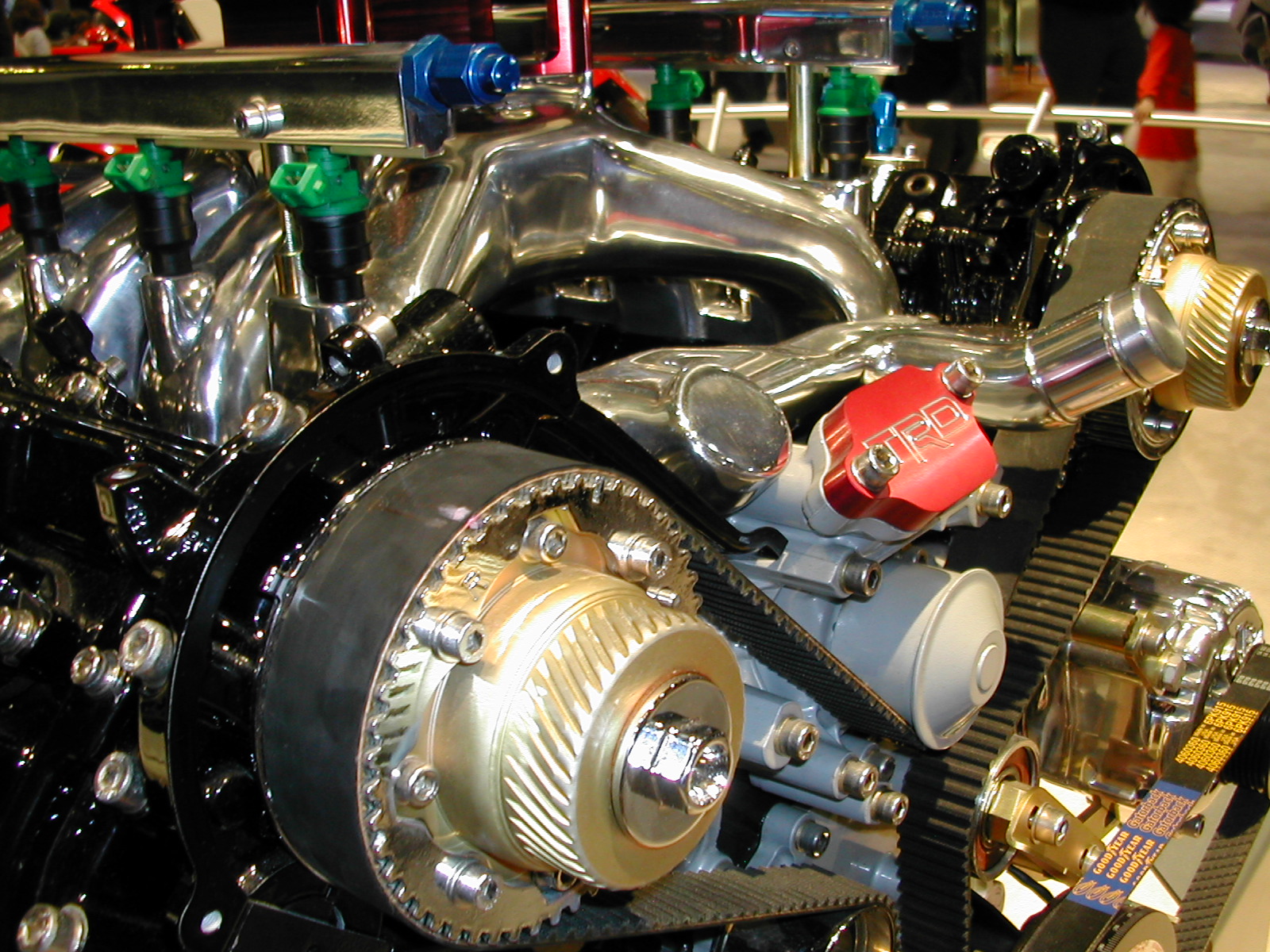

Porsche’s solution is to look outside of population dense areas, which require large stocks of renewable energy to service electric charging and power grids.

The trick then is ensuring that the process of manufacturing eFuel is as sustainable as possible. "This goal can be achieved with green fuels, which are a sensible complement to electric vehicles." "We urgently need a solution for operating existing fleets of vehicles in a sustainable way," explains Michael Steiner, member of the executive board for research and development at Porsche AG. However, the genius of eFuel is that it uses C02 in its production - and it theoretically takes more C02 to make eFuel than burning it produces. Ohmstedt added that Porsche sees, “eFuel as a complement to e-mobility,” and mentioned that this will be how Porsche is, “decarbonizing the new 911.”ĮFuel-powered ICE vehicles will not have zero tailpipe emissions. “Decarbonization can only be achieved by replacing fossil fuels with renewable sources,” said Jan Simon Ohmstedt, Porsche’s project manager eFuels. Porsche plans to not only achieve zero emissions as a brand while continuing to offer ICE vehicles, but also wants to address the issue of the massive number of ICE cars which will still be on the road well into 2030.

So that’s what’s going to happen for 80 per cent of new Porsches sold by 2030. The intention being to balance power, weight, range and charge time, while using the smallest batteries possible to achieve the most minimal carbon footprint.įor the average consumer/commuter, the sweet spot is a 100kWh battery with a roughly 500 km range. Porsche has also been trying to determine the perfect battery size for an EV. Porsche claims it has been making improvements to its existing recycling processes in order to increase the proportion of raw materials in circulation and to re-use these materials in new batteries. Partly, this means using recycled materials for new batteries. The second play in Porsche’s long game is to mitigate the carbon-intensive process of manufacturing EVs. Porsche has even determined how they can use existing tools (such as speciality lifts used to remove and service gearboxes) to service EV battery packs. EVs can be serviced just like ICE vehicles (not exactly like them, obviously, but you get the idea). This means a malfunctioning HV battery pack will no longer have to be entirely replaced. With electric vehicles becoming the undeniable tip of the spear on the brand’s quest to net-zero emissions, Porsche is also introducing a number of innovations to make electric cars more sustainable.įirstly - and this can only be seen as mud in the eye of Tesla - Porsche is ramping up a global High Voltage (HV) battery repair network, which will train Porsche technicians to service and repair HV battery packs. Porsche estimates 50 per cent of its vehicles sold will be fully electric by 2025, and they expect that number to grow to 80 per cent by 2030. And they won’t be killing off the internal combustion engine to do it.īefore you get too excited, Porsche does plan on electric vehicles playing a major role in working toward their net-zero emissions goal. Porsche has committed to achieving net-zero emissions by 2030.


 0 kommentar(er)
0 kommentar(er)
